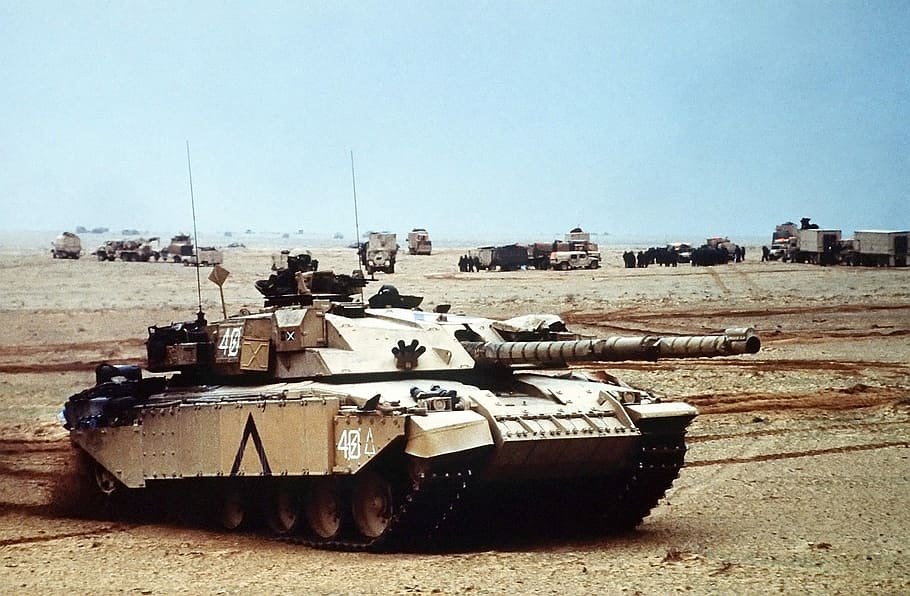


Industrial woes shouldn’t deter London from buying the only tank that can keep the British Army in the heavy-armor business. components through a British company, which will be able to develop further technical innovations as other international users have.” In the first instance, KMW-Leopard 2’s manufacturer-has said it will establish a factory in the U.K. This should not be blown out of proportion. would lose with Leopard 2 is the generation of manufacturing expertise and intellectual property. Switching to the Leopard 2 could come at a cost, of course. That’s scores more tanks than the British Army plans to maintain in even the best-case scenario. government would need to order 300 Challenger 3s-possibly for around $2.7 billion-in order for the manufacturer to make a profit. London would need to order just 150 Leopard 2s to make local production commercially viable.īy Watling and Reynolds’ estimation, the U.K. The British Leopards would be just a small portion of a global fleet of thousands of vehicles. The Leopard 2 is less risky for the United Kingdom because its existing market for spares, upgrades and other support is huge. “The vehicles could also be brought into service very quickly, since the production line is open and there are a number of Leopard 2s available for purchase, making an in-service date of 2025 more realistic,” Watling and Reynolds added. “However, the plentiful supply of spare parts and the increased reliability of a highly refined design mean that the Leopard 2 is projected to be cheaper than a CR3 through the life of the vehicle.” “Procuring Leopard 2s would come at a much higher initial cost than pursuing a CR3,” Watling and Reynolds wrote. wants a competitive armor capability between now and 2040, the Leopard 2 is unequivocally the more assured, and in the long run likely the cheaper option.”

The Leopard 2 is the right tank, according to Watling and Reynolds.


 0 kommentar(er)
0 kommentar(er)
